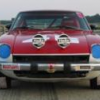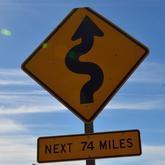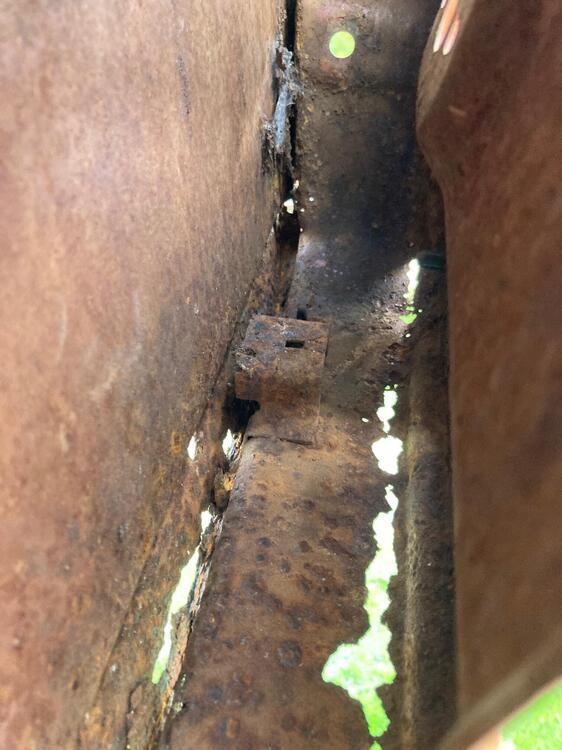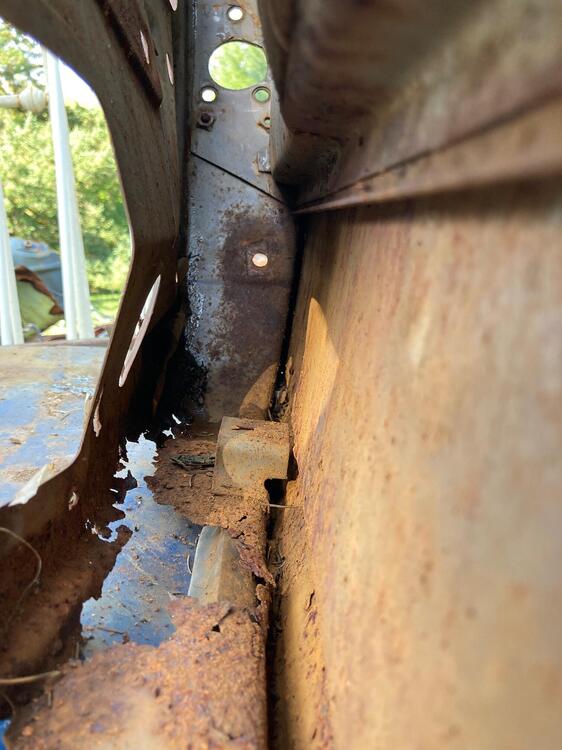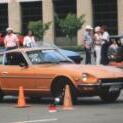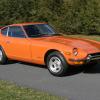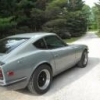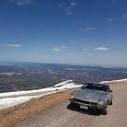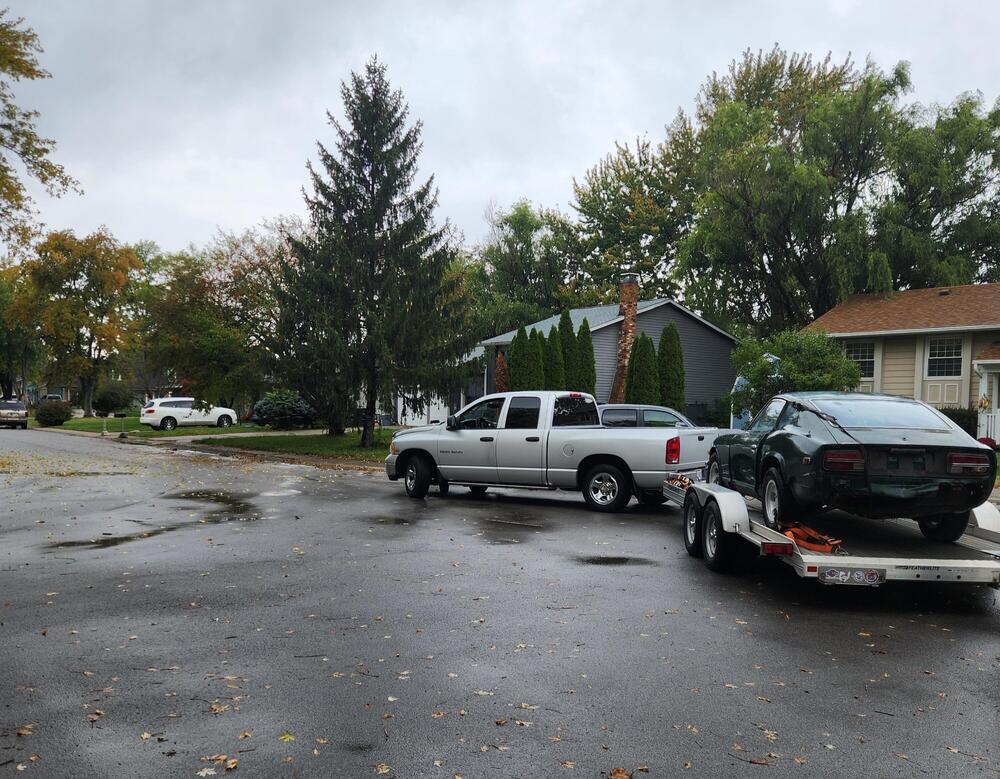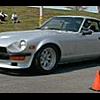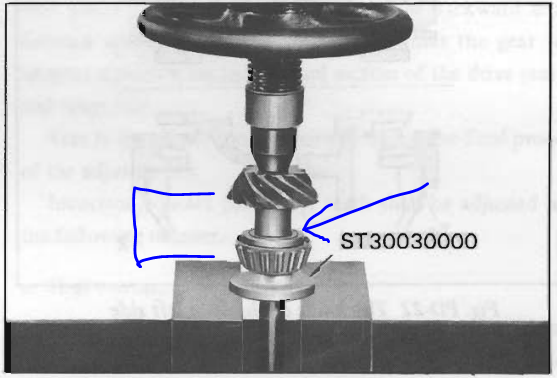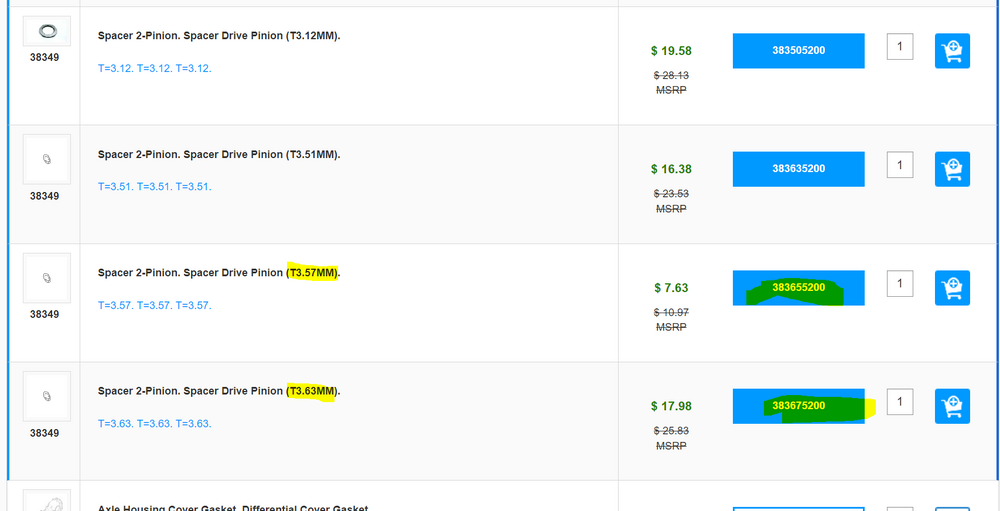I read through this whole thread again. I have the following thoughts and suggestions.
In my opinion, your plugs are fouled with carbon / fuel, not oil. Maybe I would change my mind or confirm my opinion if I could touch and smell the plugs. Who knows. When I look at your spark plug photos, I think 4, 5, and 6 all look carbon fouled in varying degrees. 1, 2, 3 don't look great either, but I think they look weird probably due to the heat range plug you are using.
With your compression numbers, and assuming I am right about the plug fouling source, I would assume your engine is fine enough to run correctly. I would stop thinking about oil rings, oil seals, etc, etc....at least until you thoroughly follow some other paths first.
1) In my earlier post, I suggested finding a better mechanic. I still stand by that.
2) Take steps to make sure you have a perfectly functioning ignition system. Start with valve timing....camshaft sprocket, oil pump shaft, distributor all being in the correct position. Next make sure your plugs are connected to your distributor cap and spark plugs in the right firing order. Next make sure that you are getting spark at each spark plug. Also, I would suggest going back to stock heat range NGK plugs.
3) Next, you need to get your carburetors adjusted correctly. If you are having to turn the mixture adjustment screw down 3.5 turns then your float levels are absolutely not adjusted correctly. If the float chamber levels are not correct, then it is possible, likely even that your mixture screw adjustments do absolutely nothing to affect mixture. You have Z therapy carbs. They are great carbs. They almost certainly have stock nozzles and probably SM needles (but it doesn't really matter which needles....you can get any of them to work well enough and not exhibit the symptoms you are having). In broad terms...your carb for cylinders 4, 5, and 6 is richer than the carb for 1, 2, 3. So...how can you get your carburetors adjusted correctly?
a) One option is to find a great mechanic who is willing to read, research, focus first on float levels, and really learn how to adjust these carburetors. I read a lot of people saying it is easy. I agree it is easy when you have done it successfully and know what to do. The first time I really learned how though, it took days of trial and error....especially with the float levels. I prefer to take the domes off, turn the mixture screws down 10 turns, and set the fuel to the top of the nozzle hole. Others have different ways. All ways can work. And, getting the tab to the float tab that rubs against the needle jet to the right curvature so it engages smoothly and doesn't get caught is a big learning curve. So, can you find someone willing to go through this learning process and provide you with perfectly adjusted carbs? Probably not.
b) This is what I would do. Contact one of the great Z car shops (start with Z Car Garage) in the united states and ask them if you can ship your carburetor assembly (carbs, balance tube, etc) to them (dry out fuel first). Let them know you want them to tune your carb on a stock 240z or stock 260z (yes, I know your z engine has been stroked to 260z but you have a pretty much stock camshaft, etc). Tell them you want to be able to reinstall and run it. Key is to get the float levels adjusted. Yes, you may need to final tune with turns of the mixture screw, but you should be 90% there.
I would also suggest purchasing a color tune device which will let you visualize how rich or lean each carburetor is running.
Those are my thoughts. I wish you the best and hope you get to enjoy your car someday soon.
J






